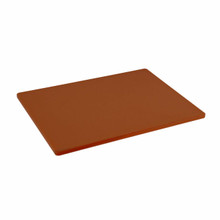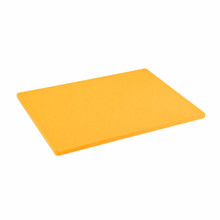Recent Posts
Cutting Board Company - 5 Ways to Reduce Waste in Your Kitchen
Posted on
Feeding America estimates that nearly 40% of all food is wasted. Not only does restaurant waste represent a loss of revenue, it is also a waste of man hours to handle and dispose of excess food. Food waste represents economic loss not only for restaurants, but also farmers, manufacturers, retailers and consumers who deplete resources in the manufacture, transportation and purchase of food. Too much food waste can also harm a restaurant's reputation amongst certain customers by not being environmentally sound. By taking steps to reduce food waste, restaurants can save money, improve their reputation, and contribute to a more sustainable food system. How can we help combat this phenomenon to save money, resources and contribute to a more sustainable community?
1. Tight Inventory Control: Its important to take inventory before ordering and keep track of all orders. Ordering too much or ordering at the wrong time leads to excess, and ultimately, waste.
2. Proper equipment: Having the proper tools in place to increase sanitation is key to preserving food to a longer life cycle in a safe way. Its also important to know when to replace equipment. For instance, plastic cutting boards need only be replaced every 6-12 months. We create our boards from raw materials which allows us to provide quality and durability with competitive pricing.
3. FIFO: First in, first out. This is always the best approach to reducing waste of perishable foods and all employees should be onboard with this method.
4. Donating excess food: Restaurants can donate excess food to local food banks or charities. This can help reduce waste while also supporting the community. There are plenty of ways to partner with local shelters and organizations that will come and take leftover food to places that need it.
5. Recycling: It is always a good idea to recycle whenever possible. HDPE cutting boards are recyclable, along with many types of food packaging and shipping materials. Organizing and recycling these items on a regular basis also leads to a more organized and healthy work space.
-
$27.50$26.12 -
$28.00$26.60 -
$28.00$26.60 -
$28.00$26.60









 100% Made in the USA
100% Made in the USA


